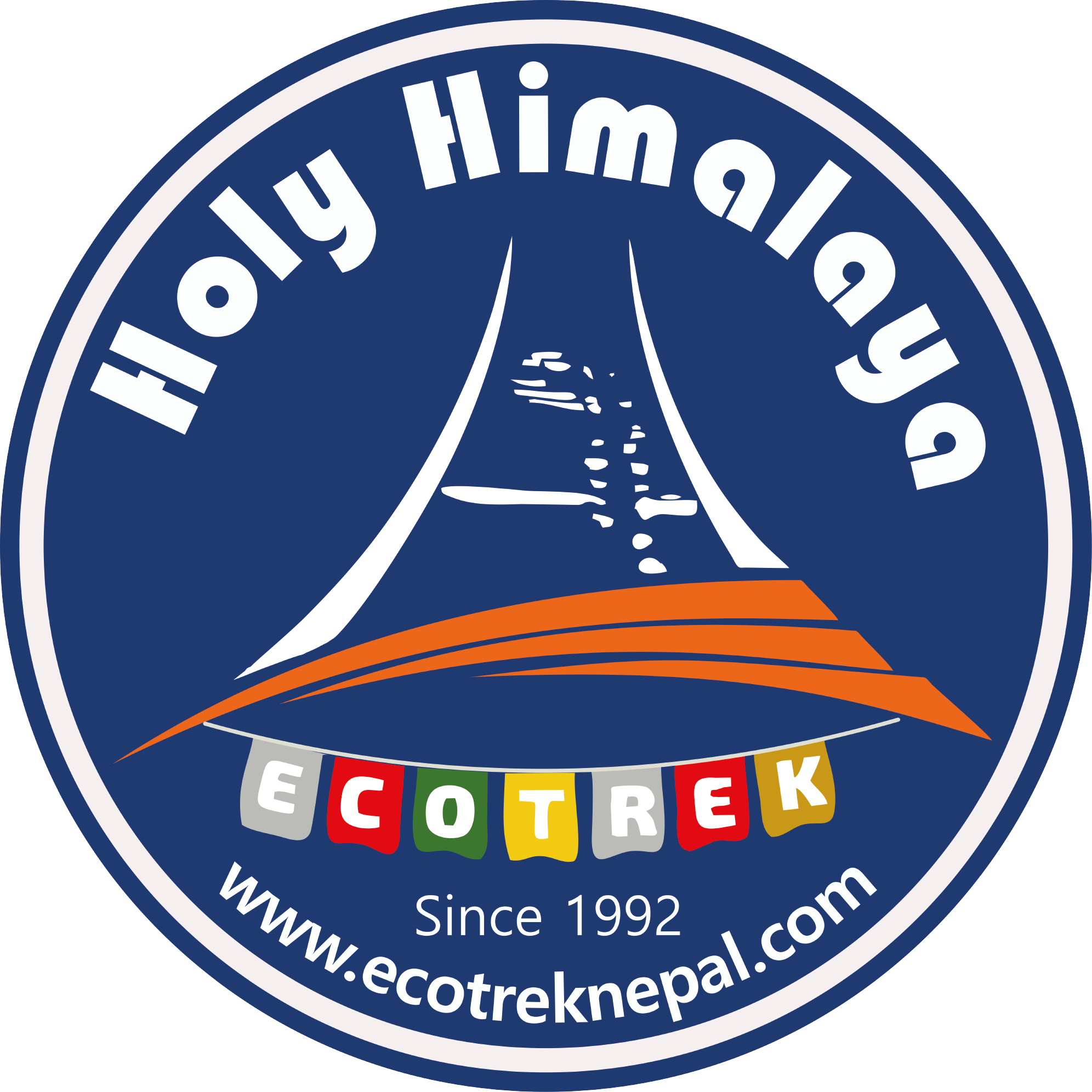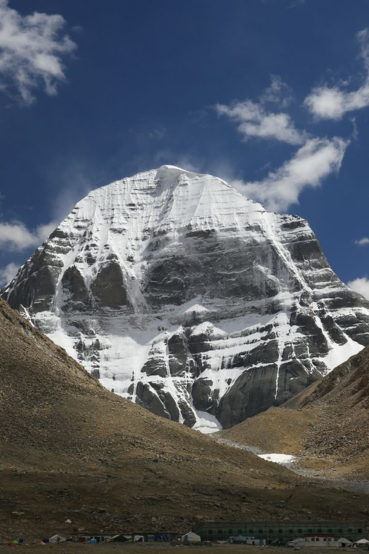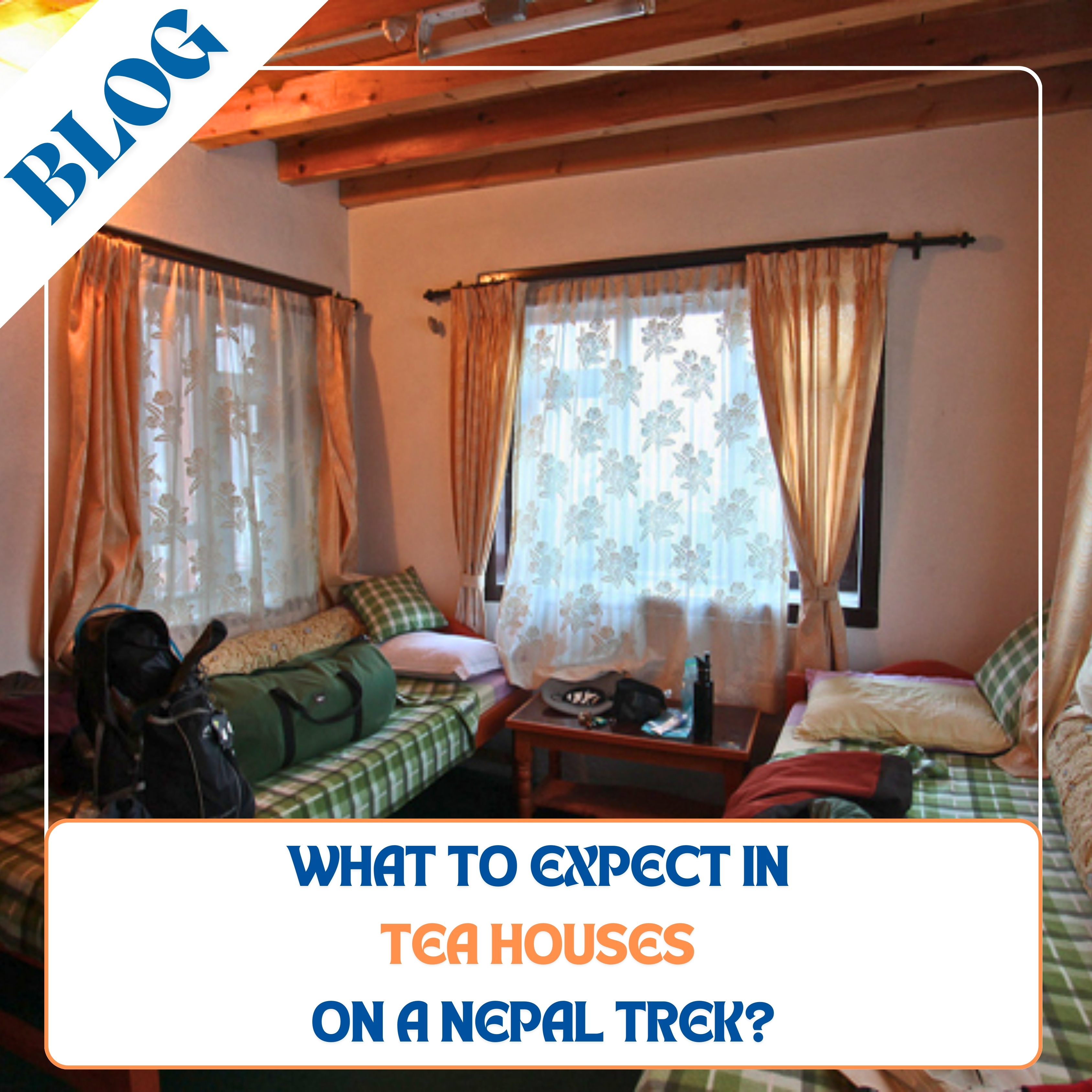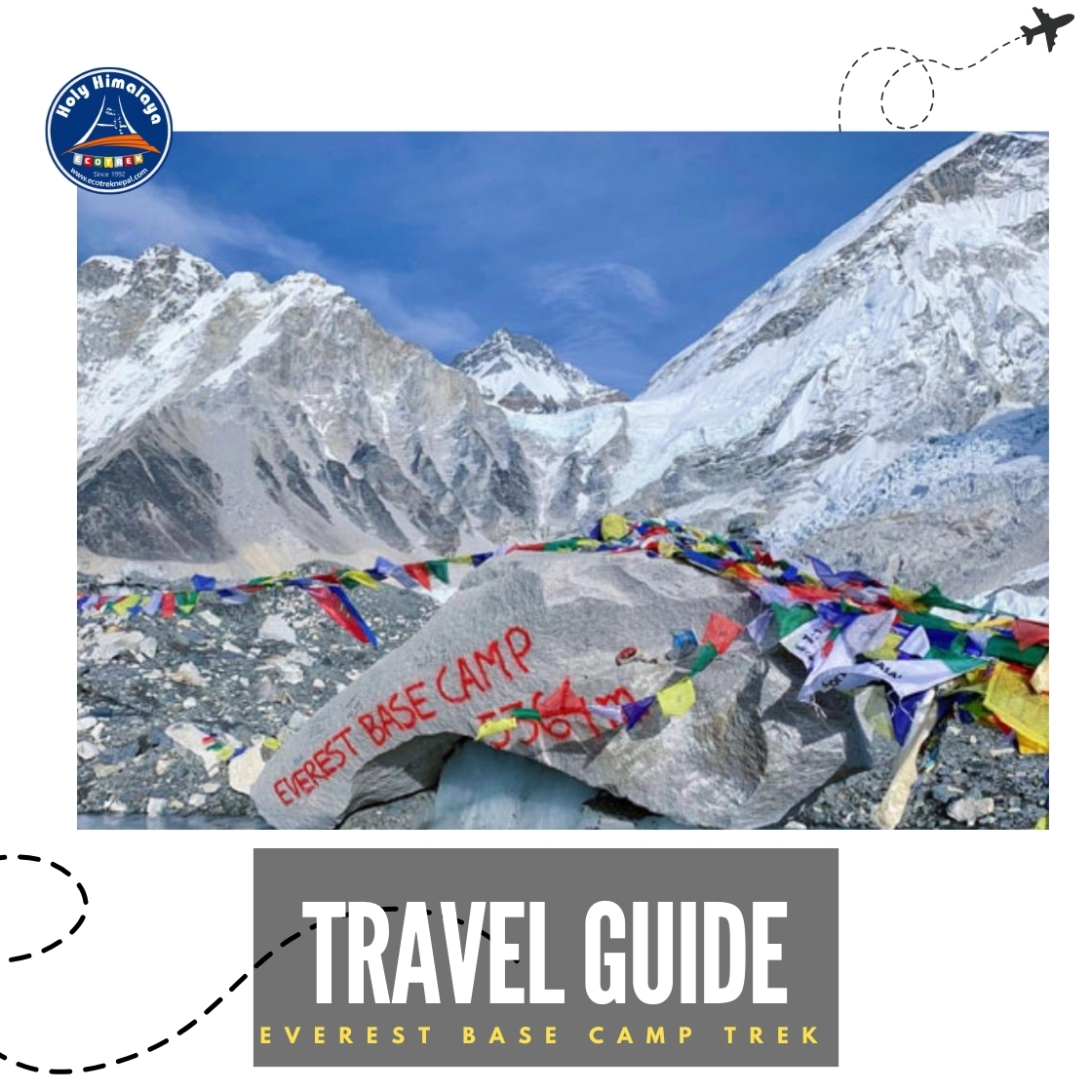Trekking in Nepal is an incredible adventure, not just because of the beautiful mountains and forests, but also because of the warm, friendly places you’ll stay along the way. One of the best parts of trekking in Nepal is staying in tea houses. These small, family-owned guesthouses give you a cozy place to sleep, tasty food to eat, and the chance to meet friendly locals. Let’s explore what you can expect when staying in tea houses during your trek.
What is Tea House Trekking in Nepal?
A tea house trek is a special way to explore the Himalayan mountains. Instead of sleeping in tents as you might expect, you’ll stay in small tea houses along the trekking trails. These tea houses are run by local families and they provide basic rooms, food and a cozy place to rest after a long day of walking. Similarly, staying in a tea house keeps you out while still comfortable amid nature and cultural beauty.
Even some of the most popular mountains in the world, including the Mount Everest or Annapurna ranges could be shown up. After a few hours of trekking, arriving at a teahouse with a warm meal and a sound night's sleep can be pretty comforting before taking to the road the next day again. After a few hours of trekking, the vision of a teahouse and lodging facility, where one can have a warm meal with a sound night's sleep, is pretty comforting before taking to the road once more the following day.
The Basics of Tea House Accommodations
Simple Rooms for Rest
Tea houses usually offer basic but comfortable rooms. You’ll likely find two single beds, a blanket and a mattress. The rooms are simple with just enough space to rest and sleep. In higher places, the rooms may have thinner walls and less furniture, but they’re still warm and comfortable enough for a good night’s sleep.

Shared Bathrooms
Most tea houses have shared bathrooms, so you’ll need to get used to that. Some of them have sitting toilets, others may have squatting toilets; further out on treks you could even find composting toilets. The bathrooms are clean but simple. Remember, this is what mountain trekking is about, so do not expect hotel luxury when you come to it.
Hot Showers (for a Small Fee)
Hot showers are available in many tea houses, but they usually cost a little extra. The water might be heated by solar panels or gas. If you’re trekking at a high altitude, you might only be able to get a bucket of warm water instead of a full shower. In more isolated regions, this may be hot water, so be prepared for a cold wash if need be.
Food and drinks in teahouses
Meals
Food in the tea houses is simple but just what you need after a long day of trekking. You get plenty of Nepali dishes besides some international ones. Some of the most common dishes are:
Dal Bhat: This is a traditional Nepali dish, which includes rice, lentil, and vegetable. It is very nutritious and filling; it will give you the energy you need to keep going.
Momo: A light and savory snack after the trek, consisting of steamed dumplings either filled with vegetables or meat.
Pasta and Noodles: Many offer noodle dishes often with a local twist.
Fried Rice: A quick, familiar meal that’s easy to enjoy.
For breakfast, you can choose from pancakes, porridge, eggs, toast and oats, among other options.
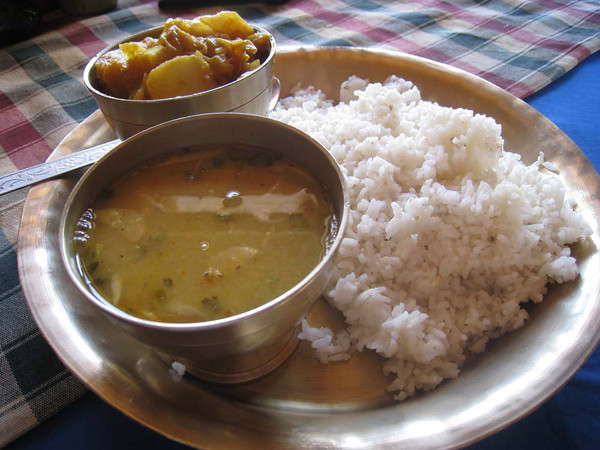
Drinks
Tea houses have a good selection of drinks. You’ll be able to enjoy traditional Nepali tea, black tea, green tea, coffee, and hot chocolate. At higher altitudes, drinks like ginger tea and garlic soup are popular because they help keep you warm and are said to have health benefits.
Staying Hydrated
It’s really important to drink plenty of water while trekking, and most tea houses sell bottled water. However, to help the environment, it’s a good idea to bring a water purification system like tablets or a filter. Some tea houses might also boil water for you for a small fee which is an eco-friendly option.
Socializing and Cultural Experience
Common Rooms for Relaxing
Most tea houses have a common room or dining area where trekkers can relax, eat and chat. These are further warmed with a stove, making them warm and cozy after a long day on the trail. It's a great place to meet other trekkers, share stories, and exchange advice for the rest of the trek.
Learning About Local Culture
Probably one of the nicest things about staying in the tea houses is learning about the local culture. The people who run the tea houses are usually from nearby villages, so they can tell you about their customs, religion, and everyday life. Many tea houses also have small shops where you can buy handmade goods, like scarves or jewelry, as souvenirs.
Nepali Hospitality
Nepali are a people famed for their hospitality, and this makes them very welcoming in the tea houses. The families running the tea houses make the trekkers feel like guests of honor, adding even more to the experience of hiking. It’s a great way to connect with local people and feel the genuine kindness of Nepalese culture.
Connectivity and Communication
Wi-Fi and Charging
Many tea houses offer Wi-Fi, but it can be slow and not very reliable, especially at higher altitudes. You shouldn’t count on it for constant communication with family or friends, but it’s nice to check in occasionally. You can usually charge your devices in tea houses, but they may charge you for it. Power is typically provided by solar panels or small generators, so it’s a good idea to bring a portable charger and make sure your devices are fully charged before you start your trek.
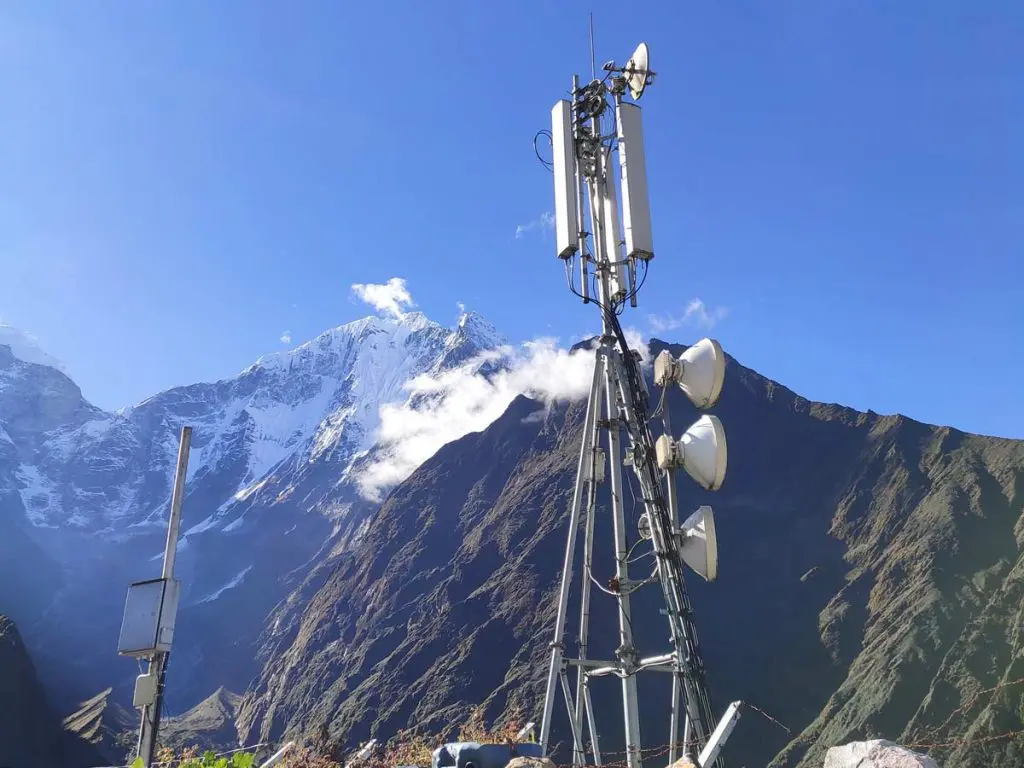
Communication with Home
As you trek higher into the mountains, it can get harder to stay connected. Tea houses generally don’t have strong internet or phone service. It’s a good idea to let your family or friends know your trekking route and schedule before you head out. In case of an emergency, some tea houses may have satellite phones, but it’s always better to be prepared for limited communication.
Health and Safety
First Aid
Tea houses usually have basic first aid kits, but it’s smart to bring your supplies, especially for remote treks. The tea house staff know how to help with small injuries, but if something more serious happens, you might need to be taken to a town or city for treatment.
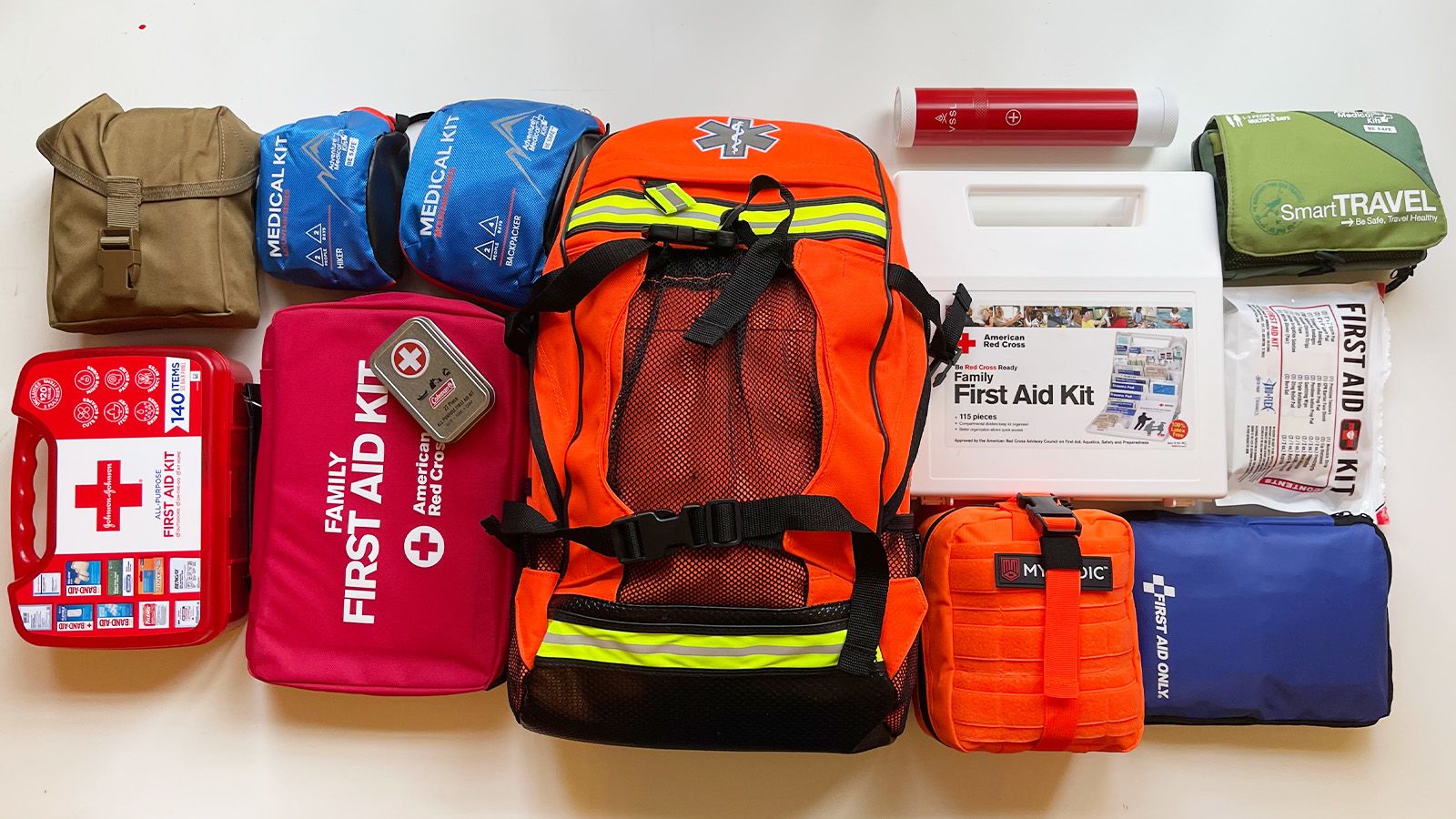
Altitude sickness is something to watch out for when you’re trekking in the mountains.
Tea houses are usually located at good points for acclimatization, meaning they’re a good place to rest and get used to higher altitudes. The staff will often give you tips on how to avoid altitude sickness, like drinking plenty of water and taking regular breaks. It’s important to listen to your body and take any symptoms of altitude sickness seriously
Taking Care of the Environment
Waste Management
To help keep the Himalayas clean and beautiful, tea houses ask trekkers to be careful with waste. They usually have bins for recycling and regular trash, and they ask trekkers to take their trash with them. Some tea houses go as far as helping you get rid of the waste without contributing to environmental damage.
Sustainable Practices
Most of the tea houses nowadays are becoming eco-friendly: using solar-powered electricity, biogas for cooking, and other eco-friendly building materials. When you stay in these tea houses, you're helping local communities and supporting responsible travel.
Costs and Affordability
Affordable Options
Tea house trekking is a great and affordable choice. It’s much cheaper than camping treks. The cost of food and staying in tea houses can change depending on where you are, but it’s usually pretty affordable. Extra things like hot showers, Wi-Fi, and charging devices might cost a little more, but it’s still a great deal for what you get.

Payment Methods
Most tea houses only accept cash, so be sure to bring enough Nepali Rupees with you. There are ATMs in bigger towns like Namche Bazaar, but they might not always work, so it’s best to get your money in Kathmandu or Pokhara before you start your trek.
The Best Times for Tea House Trekking
Peak Seasons
The best times to go trekking in Nepal are in the spring (March to May) and autumn (September to November). The weather is nice, the skies are clear, and the views are amazing. Since these are the busiest times, it’s a good idea to book your tea house stays ahead of time.
Off-Peak Seasons
You can still trek in the winter (December to February) and monsoon (June to August), but these times come with some challenges. Winter can get very cold and snowy, whereas the monsoon season is greatly rainy. Whereas the teahouses remain open throughout the whole year, many of them aren't open for service during the quiet months of the season.
Conclusion
The tea houses are a great way to trek in the Himalayas of Nepal. You’ll enjoy simple, comfortable rooms, tasty meals, and meet local people along the way. It’s the perfect mix of adventure, nature, and culture, making your trek truly special. Whether you’re trekking to Everest Base Camp, Annapurna Circuit, or Langtang Valley, staying in tea houses will make your journey unforgettable.
